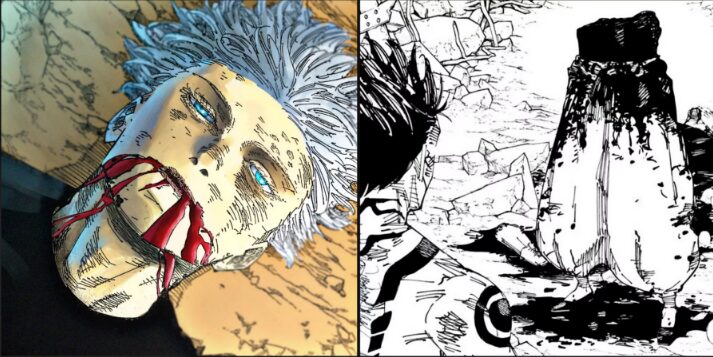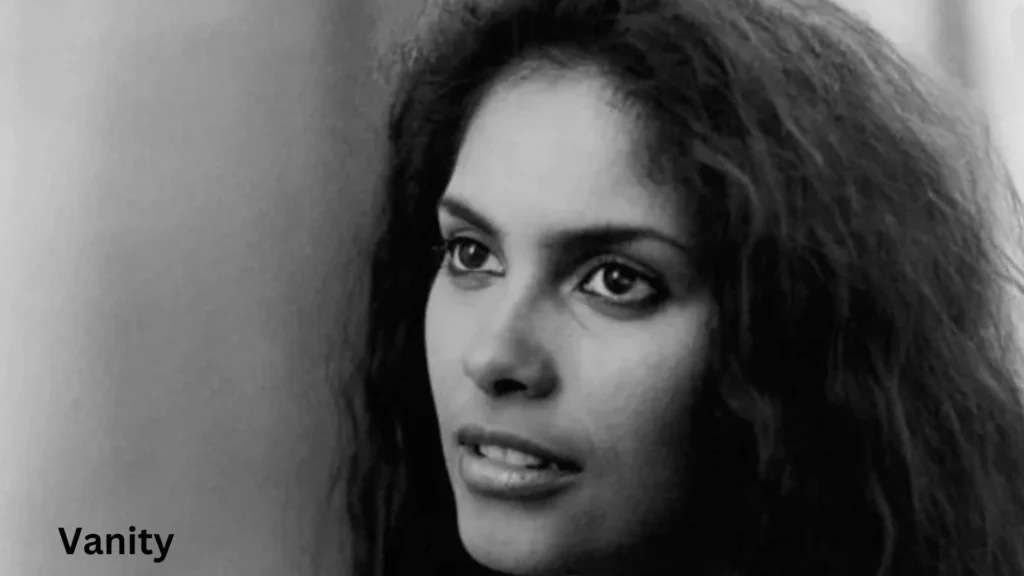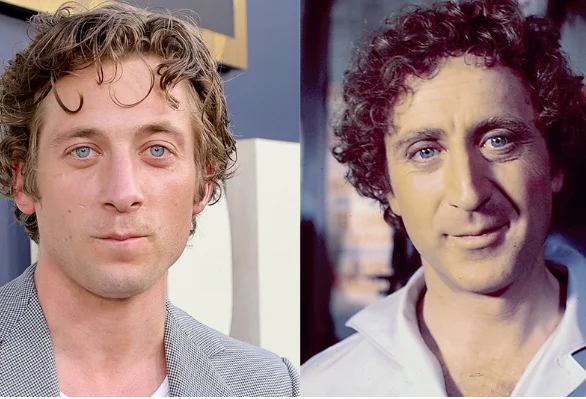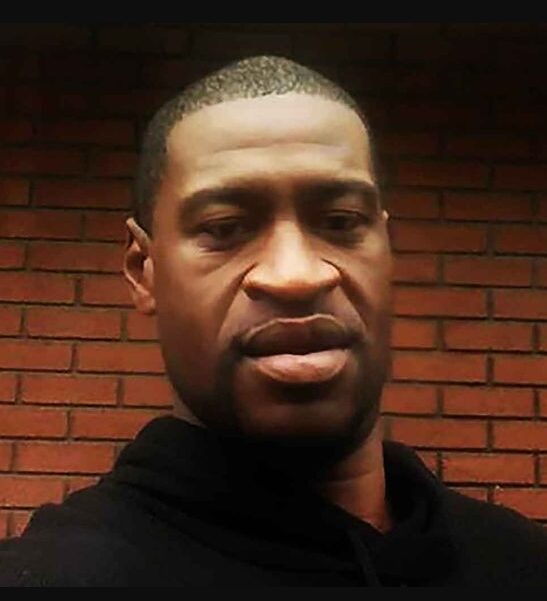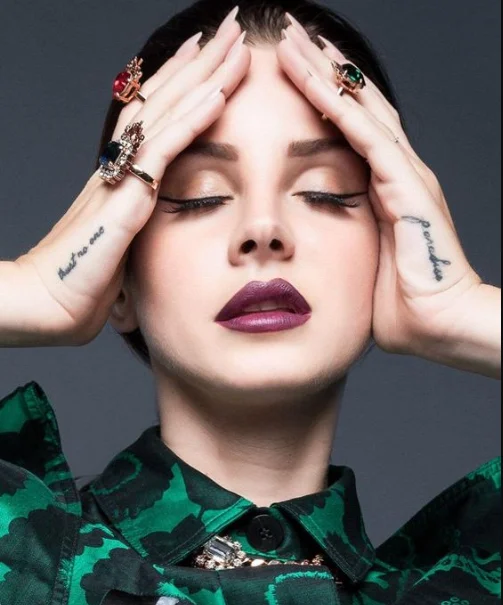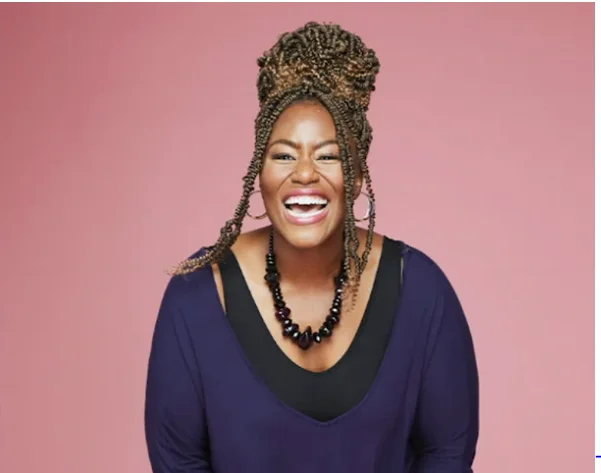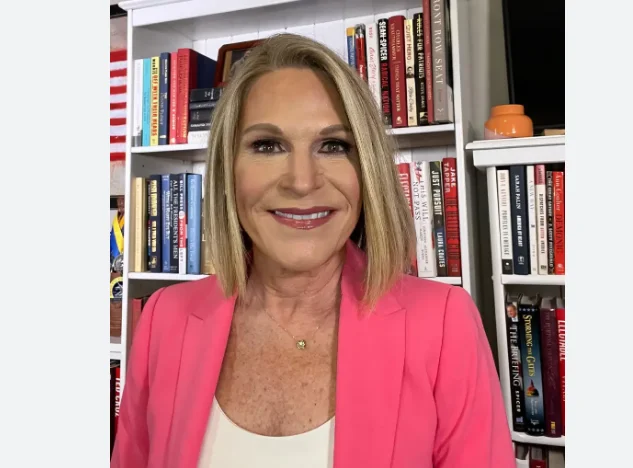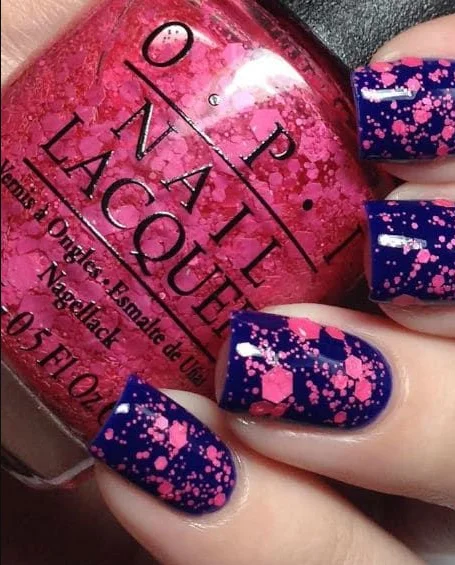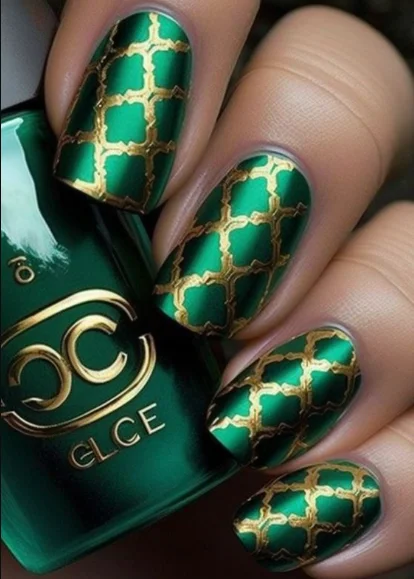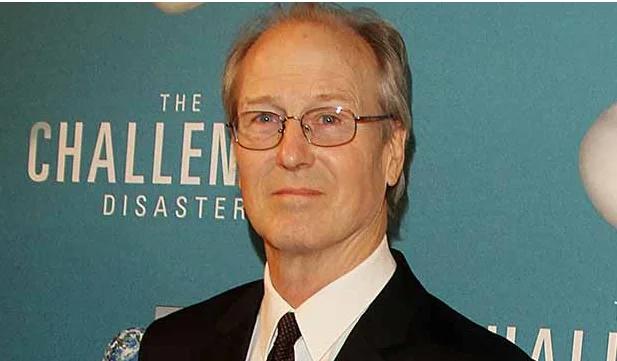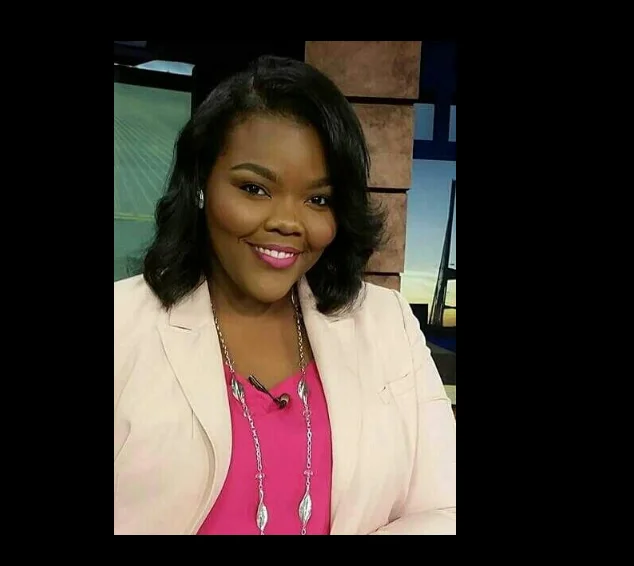Gods of Death
Welcome, curious readers! Today, we embark on a journey through the realms of mythology to explore the fascinating world of ancient gods – specifically, those who presided over death. These deities hold a unique place in human culture and have been revered throughout history for their mysterious powers and enigmatic personas.
Death has always been a topic that both captivates and frightens us, evoking feelings of awe, curiosity, and perhaps even a hint of fear. In different corners of the globe, various civilizations developed their own beliefs surrounding the afterlife and the beings responsible for guiding souls into eternity.
From Greek mythology’s brooding lord of the underworld to Hinduism’s formidable god of justice and death, we will delve into ten intriguing figures whose dominion over mortality spanned across continents and cultures. So join us as we uncover tales from ancient times that reveal both beauty and darkness intertwined within these captivating gods. Let’s begin our exploration with Hades – the Greek God of Death!
Hades Greek God of the Underworld
Hades, the Greek God of the Underworld, holds a mysterious and feared reputation. With his dark and brooding presence, he is often depicted as a stern figure with a crown made of ebony. Hades rules over the realm of the dead, ensuring that souls find their rightful place in the afterlife.
In Greek mythology, Hades is not exactly associated with death itself but rather with what comes after – the underworld where souls go to reside for eternity. He is responsible for maintaining balance between life and death, making him an essential deity in ancient Greece.
Unlike many other gods who had interactions with humans on Earth, Hades preferred to remain in his domain. His role was not one of malevolence or evil; rather it was a necessary duty that ensured order in both mortal and immortal realms.
Despite being feared by mortals due to his association with death and darkness, Hades played an important role in Greek religion and society. He was honored through various rituals and ceremonies to appease him so that he would maintain harmony within the cosmic order.
The intriguing nature of Hades lies not only in his association with death but also in his complex personality. While he may seem unapproachable at first glance, there are tales where he has shown compassion towards certain individuals such as Orpheus or Hercules.
Hades embodies the enigmatic power of death while also symbolizing justice and maintaining balance between life and afterlife. His role as Lord of the Underworld brings forth a deeper understanding of mortality and reminds us all about our own journey into eternity.
Anubis Egyptian God of Embalming and the Dead
Anubis, the Egyptian God of Embalming and the Dead, is a fascinating deity with a rich mythology surrounding him. In ancient Egypt, death was seen as a transition rather than an end, and Anubis played a crucial role in this journey.
Often depicted as a man with the head of a jackal or as a full jackal, Anubis was responsible for guiding souls through the afterlife. He would weigh their hearts against the feather of Ma’at to determine if they were worthy of entering paradise or destined for eternal punishment.
As the ruler of embalmers and protector of tombs, Anubis oversaw all aspects of mummification. His intricate rituals ensured that bodies were preserved properly so that souls could continue their existence in the afterlife.
Anubis’s association with death also extended to funerary rites and mourning rituals. Priests would wear masks resembling his iconic jackal head when performing these ceremonies, invoking his power to bring comfort and guidance to grieving families.
Although often associated with darkness and mystery due to his connection with death, Anubis represented more than just mortality. He symbolized rebirth and transformation – reminding us that every ending is merely a new beginning.
Yama – Hindu God of Death and Justice
Yama, the Hindu God of Death and Justice, holds a prominent position in Hindu mythology. He is believed to be the ruler of Naraka, the realm of the dead. Yama is depicted as having a fearsome appearance with red eyes and fierce countenance. His duty is to judge and punish souls based on their actions during their earthly lives.
According to Hindu beliefs, when a person dies, they must face Yama’s judgment before they can proceed to their next destination. Yama weighs the good and bad deeds of each soul on his divine scales. Those who have led virtuous lives are rewarded with pleasant afterlife destinations such as heaven or rebirth into higher realms.
On the other hand, those who have committed evil deeds are sent to various levels of Naraka for purification and suffering. The duration of punishment depends on the severity of their sins.
Despite being associated with death and punishment, Yama is also known for his sense of justice. He ensures that every soul receives what it deserves based on its actions while alive.
In addition to his role as Lord of Death, Yama also plays a significant part in maintaining order within society by upholding dharma (moral law) and punishing wrongdoers.
Yama’s depiction as both a stern judge and an enforcer of justice makes him an intriguing figure in Hindu mythology a deity whose presence serves not only as a reminder but also as an inspiration for individuals to lead righteous lives
Mictlantecuhtli – Aztec God of Death
Mictlantecuhtli, the Aztec God of Death, is a fascinating deity who holds a prominent place in Aztec mythology. As the ruler of Mictlan, the underworld in Aztec belief, he wields immense power over life and death.
Often depicted as a skeletal figure adorned with bones and wearing an owl feather headdress, Mictlantecuhtli strikes an imposing presence. His name translates to “Lord of the Underworld,” highlighting his dominion over the realm of the dead.
In Aztec culture, death was not feared but rather embraced as a natural part of life’s cycle. Mictlantecuhtli played a crucial role in guiding souls through their journey into the afterlife. He carried out this duty alongside his female counterpart Mictecacihuatl, who shared his authority over Mictlan.
Despite being associated with darkness and decay, Mictlantecuhtli was also linked to fertility and rebirth. This duality showcases how ancient civilizations often intertwined themes of life and death.
While little is known about specific rituals or practices dedicated to honoring Mictlantecuhtli today due to Spanish colonization erasing much indigenous history, we can still appreciate his significance within Aztec cosmology as an embodiment of both mortality and regeneration.
Hel – Norse Goddess of the Underworld
Hel, the Norse Goddess of the Underworld, is a fascinating and enigmatic figure in mythology. As the daughter of Loki and Angrboda, she rules over Niflheim, a realm reserved for those who did not die in battle. Hel herself is said to have half of her body as that of a living woman and the other half as that of a decaying corpse.
In Norse mythology, Hel’s role is crucial in determining the fate of souls after death. Those who die peacefully or from natural causes are sent to her realm, where they reside for eternity. It is believed that Hel judges these souls based on their actions during life and assigns them to either peaceful existence or torment.
Despite being associated with death and decay, Hel does not embody evil. She simply carries out her duties impartially as part of the natural order. In fact, many see her as a necessary force that maintains balance between life and death.
Hel’s appearance may be unsettling to some, but she serves an important purpose within Norse mythology. Her presence reminds us all of our mortality and reinforces the belief in an afterlife beyond this world.
Osiris – Egyptian God of the Dead and Afterlife
Osiris, the Egyptian God of the Dead and Afterlife, holds a significant place in ancient mythology. He is often depicted as a mummified figure, symbolizing resurrection and rebirth. Osiris played a crucial role in Egyptian beliefs surrounding death and the afterlife.
According to legend, Osiris was murdered by his brother Set out of jealousy. However, with the help of his sister-wife Isis, he was resurrected and became ruler of the Underworld. As such, he became associated with fertility, regeneration, and renewal.
As a deity closely connected to death and afterlife rituals in Egypt, Osiris was believed to judge souls in the Hall of Ma’at. He would weigh their hearts against the feather of truth to determine their fate in eternity.
Worshipers sought Osiris’s guidance for protection during their journey through life into death. They believed that by following his example – living justly and honoring traditions – they could ensure a favorable outcome in the afterlife.
The story of Osiris serves as an enduring reminder that death is not merely an end but also represents transformation and new beginnings. It reflects humanity’s fascination with what lies beyond our mortal existence both mysterious and profound.
Thanatos – Greek Personification of Death
In the realm of ancient gods and goddesses, one figure stands above all others in its embodiment of death itself: Thanatos, the Greek personification of Death. Often depicted as a winged deity carrying a sword or an inverted torch, Thanatos is both feared and respected.
Unlike Hades, who rules over the Underworld, Thanatos is more focused on the actual act of dying. He guides souls to their final resting place and ensures that balance is maintained between life and death. In many ways, he represents the natural cycle that all living beings must go through.
But while Thanatos may be associated with darkness and endings, it’s important to remember that he also serves a greater purpose. Without death, there can be no rebirth or renewal. Just as autumn gives way to winter before spring arrives once again, so too does death pave the way for new beginnings.
So who exactly is Lord of Death god? It seems that every culture has its own interpretation – Hades in Greek mythology; Yama in Hinduism; Mictlantecuhtli in Aztec lore. These deities not only bring about death but also oversee justice or take on other significant roles within their respective pantheons.
And when it comes to female death gods? Hel takes center stage as Norse mythology’s goddess of the Underworld. With her half-dead appearance and somber demeanor, she governs those who have died from sickness or old age.
Let us not forget Eros (Cupid), the Greek god whose arrows cause love and desire even unto death! The intertwining connection between love and mortality has been an enduring theme throughout history.
As we delve into these ancient myths surrounding gods of death from around the world whether they are dark figures like Hades or benevolent guides like Anubis we gain insights into different cultures’ perspectives on life’s most profound mystery: what lies beyond the threshold of death.
So, as we contemplate these ancient deities and their significance, let us also remember to honor the cycle of life and death that they represent. For just as the seasons turn and the sun rises and sets each day, so too must we all eventually pass on to make way for new generations.


